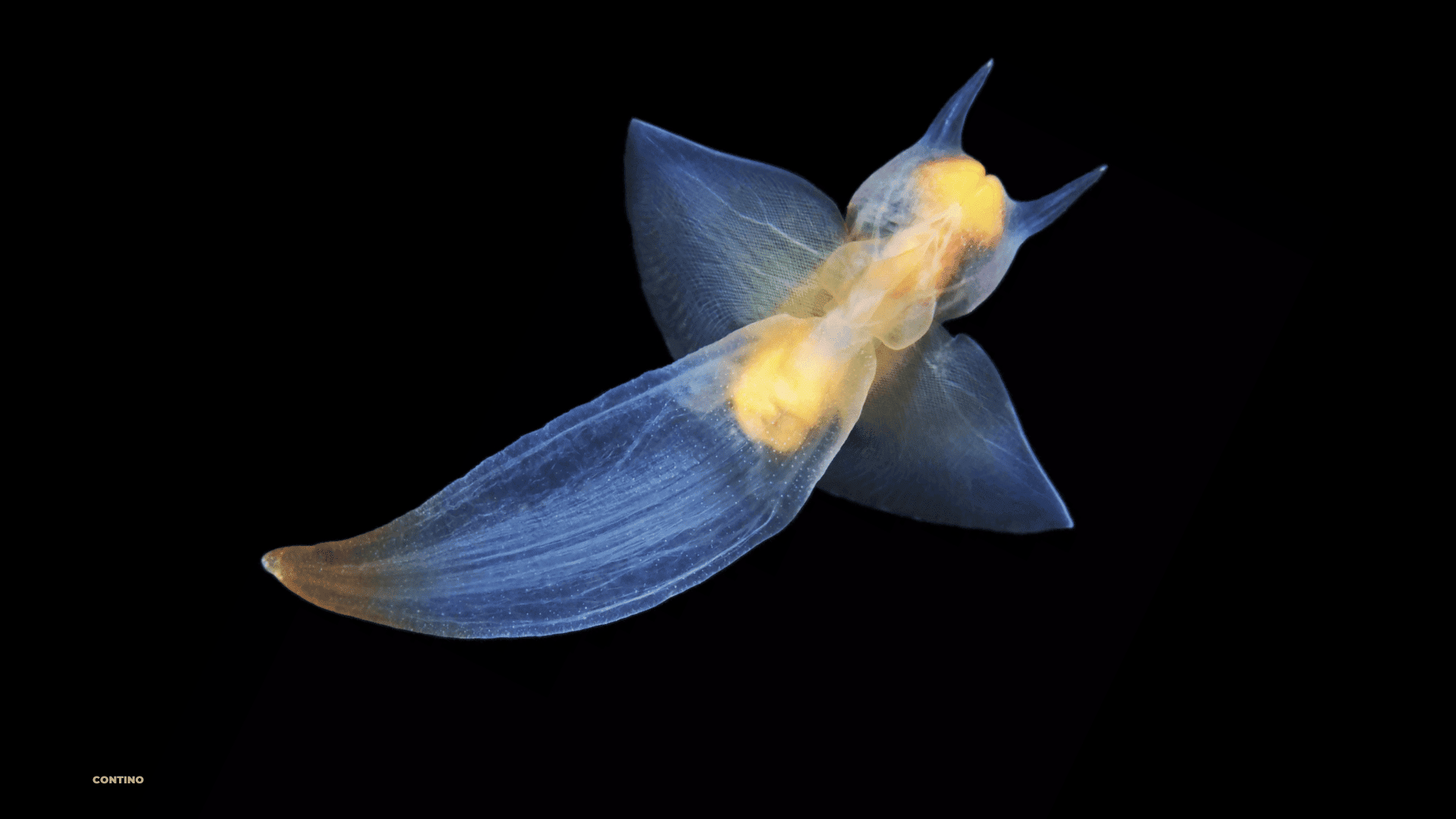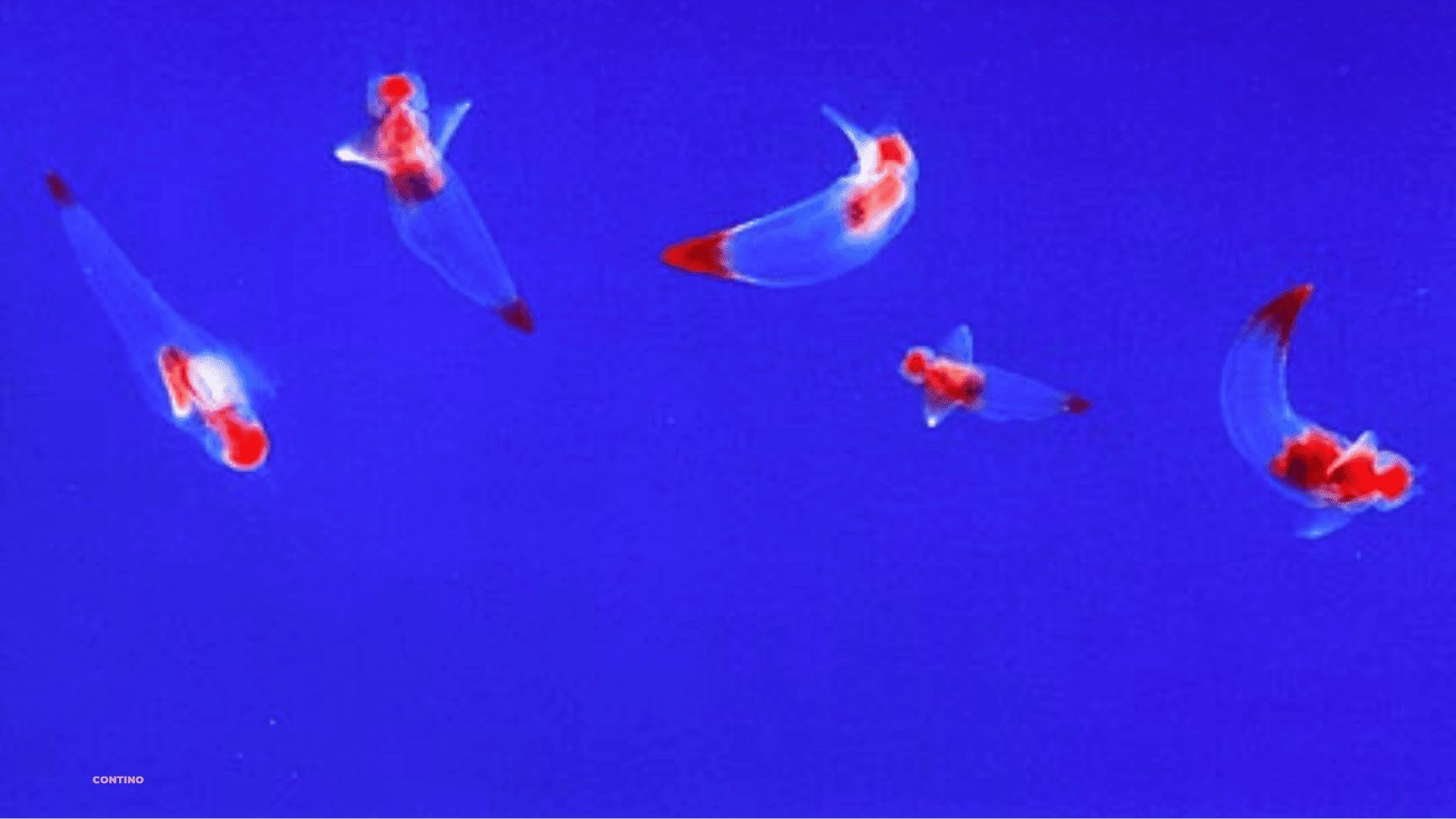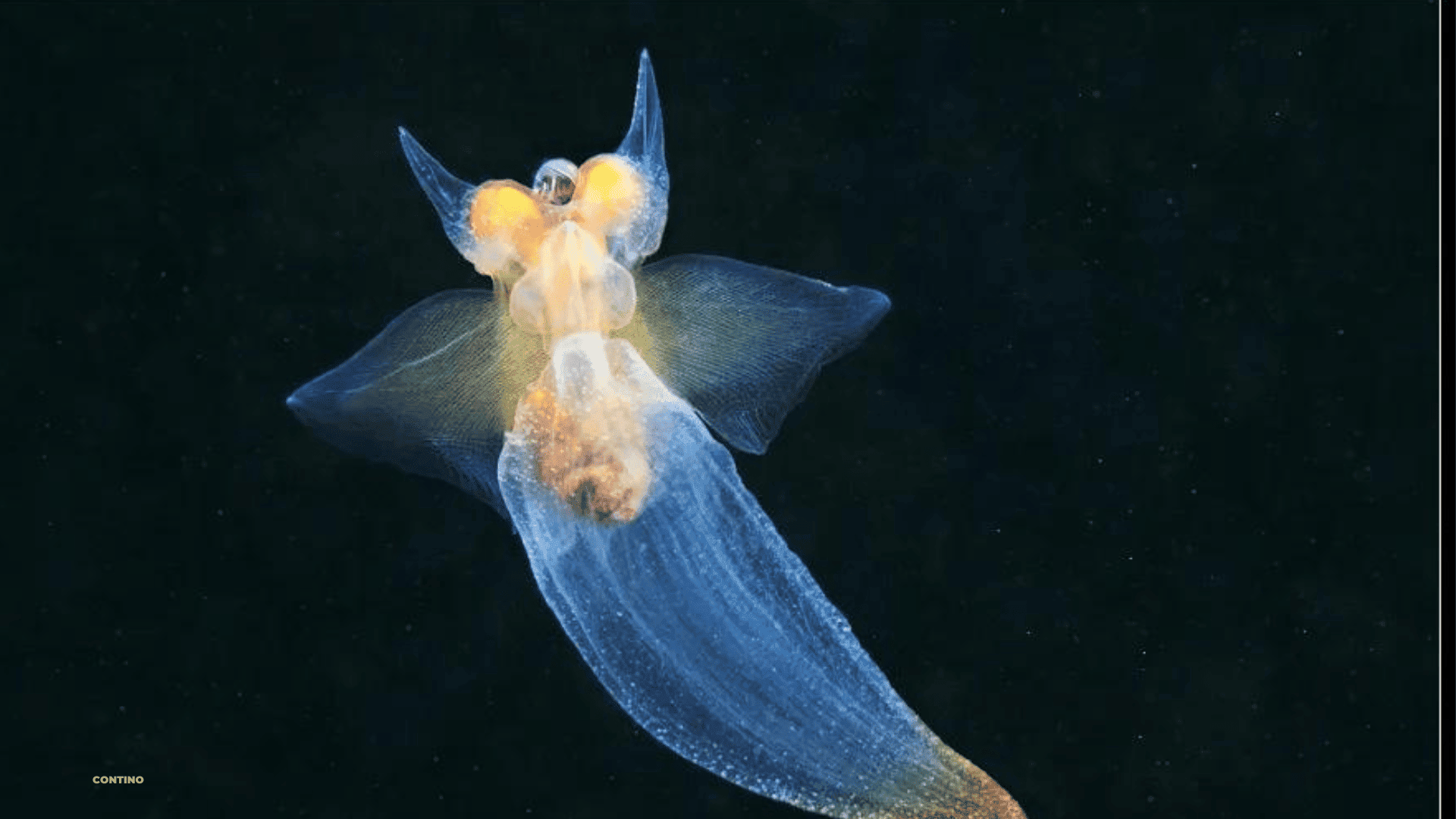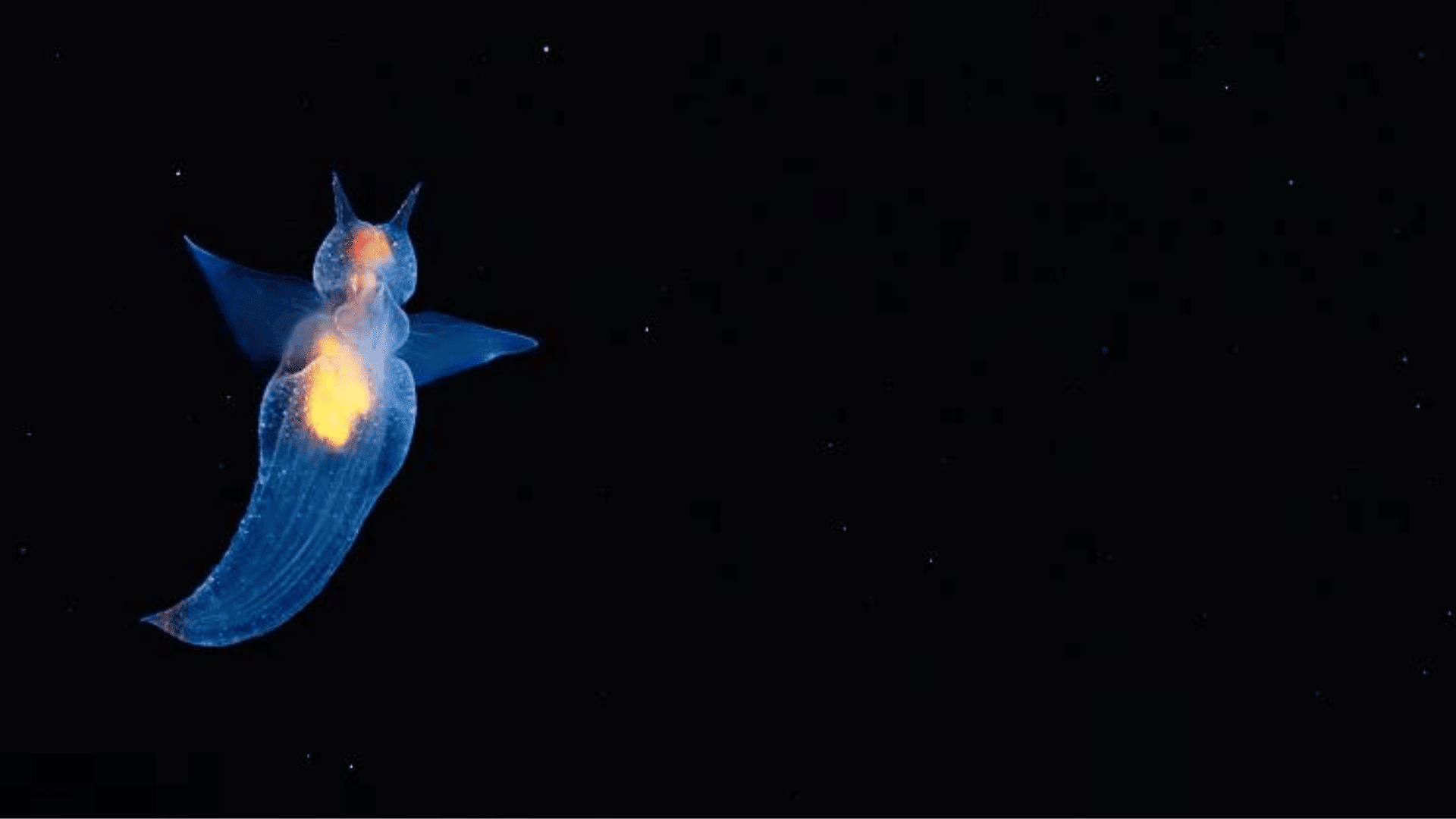Sea Angels Are in New Jersey
A vacationer was visiting the Wildwoods beaches and found something extremely interesting.
In the water was a clear jellyfish with orange organs. After scooping out of the ocean using a clamshell, they were able to see this jellyfish try to swim using its fins.
Photos were posted online asking folks to explain what kind of fish this orange thing was.
 The simple answer is, it’s a sea angel, but let’s talk about the beauty that is a sea angel.
The simple answer is, it’s a sea angel, but let’s talk about the beauty that is a sea angel.
The sea angel, known scientifically as Gymnosomata, is a captivating example of evolution’s creativity and the delicate balance of life beneath the waves.
These sea angels, members of the pteropod family (free-swimming pelagic sea snails), possess an alluring combination of characteristics that sets them apart from their terrestrial counterparts.
While land snails employ a muscular foot for locomotion, the sea angel has evolved this appendage into a pair of winglike structures known as parapodia. These parapodia allow these aquatic marvels to glide gracefully through the open water, resembling the flight of an angel in motion.

Sea Angels Are in New Jersey
A defining feature of the sea angel is its body composition. Unlike traditional snails that boast protective shells, these creatures exhibit small, transparent, gelatinous bodies that give them an otherworldly appearance.
It is this very transparency that often conceals them from predators in the dimly lit waters of the deep sea, underscoring the remarkable adaptations that have shaped their survival strategies.
Sea angels share their pelagic habitat with another class of pteropods known as sea butterflies, scientifically referred to as Thecosomata. The distinction between these two groups lies in their physical attributes and behaviors.
While sea butterflies are typically smaller and bear protective shells, sea angels, as their name suggests, are “naked-bodied” Gymnosomata without shells.
This differentiation is not merely a taxonomical curiosity; it points to the intricate ways in which life has adapted to the challenges of oceanic existence.

Sea angels exhibit a carnivorous diet, feeding predominantly on other swimming snails, including their close relatives, sea butterflies. A notable example is the species Clione limacina, which displays a highly selective appetite, preying exclusively on sea butterflies from the Limacina genus.
The sea angel’s feeding process is a mesmerizing ballet of survival. When encountering their prey, they extend finger-like tentacles from their heads, deftly grasping onto their quarry.
Employing hook-like appendages, the sea angels extract their prey from its shell, a process that can take anywhere from two to 45 minutes. This intricate dance between predator and prey illustrates the delicacy and resourcefulness that underpin life in the open ocean.
Yet, in this complex ecosystem, even the angelic sea angels are not immune to predation. They serve as a vital food source for an array of creatures, including jellies, ctenophores, fishes, baleen whales, and birds.

The enigma of sea angels extends to their reproductive habits. Members of the Clione genus, for instance, exhibit hermaphroditic qualities, boasting both male and female reproductive organs.
Also See: Why New Jersey Drivers Can’t Pump Their Own Gas
During mating, these unique creatures engage in a delicate dance, coming together for several hours to exchange genetic material and fertilize each other. The culmination of this intricate process is the release of their eggs in free-floating masses, a testament to the complexities of life in the deep sea.
With their small yet powerful wings, sea angels achieve impressive feats of swimming prowess.

This skillful maneuvering enables them to swiftly traverse the oceanic expanse and evade potential threats in their underwater realm.
In a world where the depths remain shrouded in mystery, the sea angels stand as remarkable examples of nature’s ingenuity. Their transparent elegance, masterful adaptations, and intricate behaviors remind us that the ocean’s depths are teeming with life yet to be explored and understood.
Have you seen one of these on the Wildwood Beach?
Thank you to the Smithsonian for all the great information.
